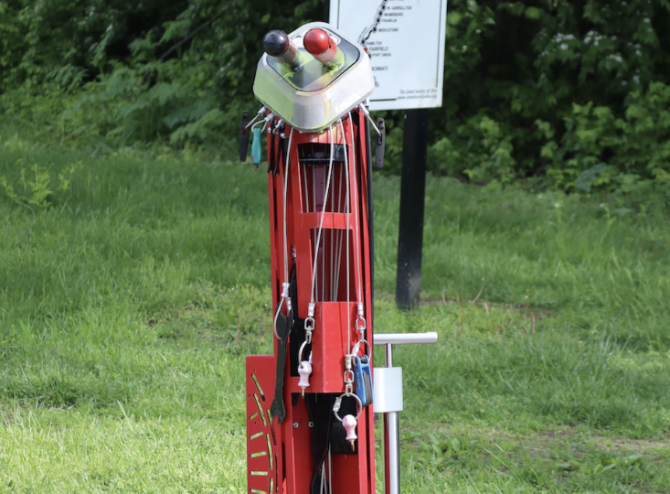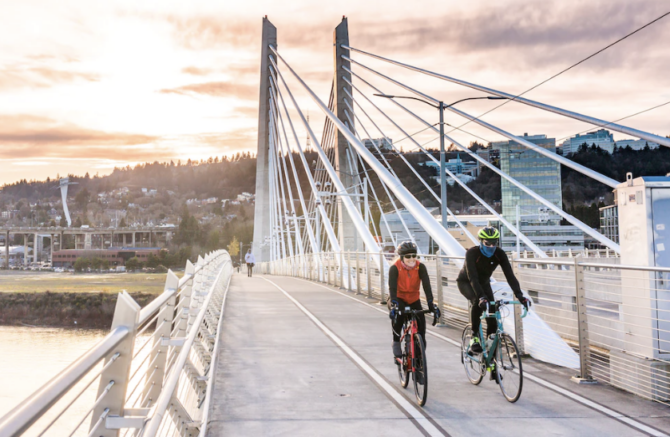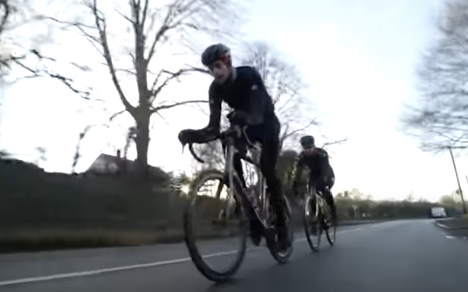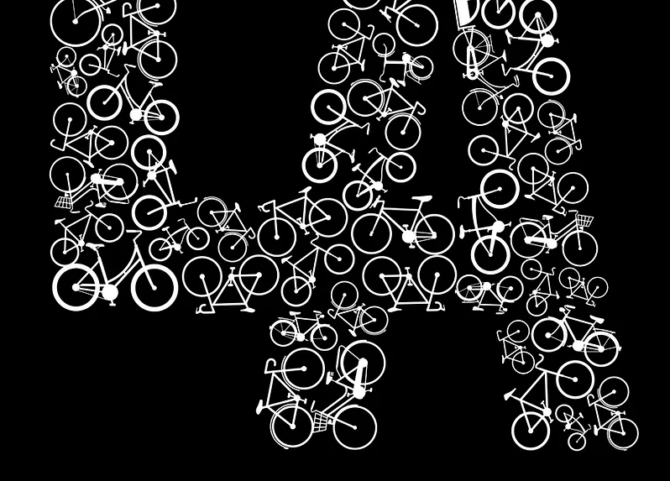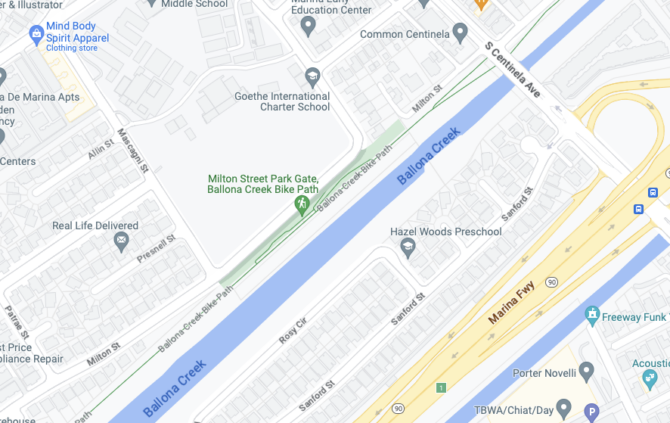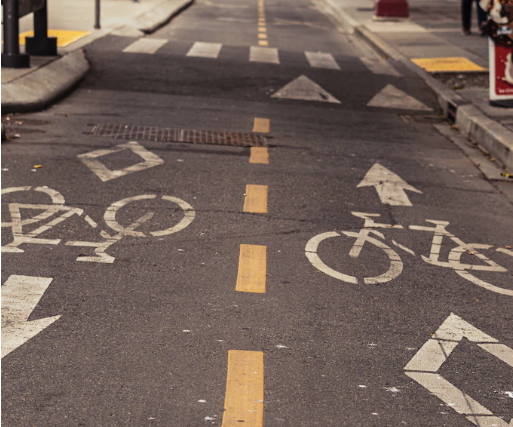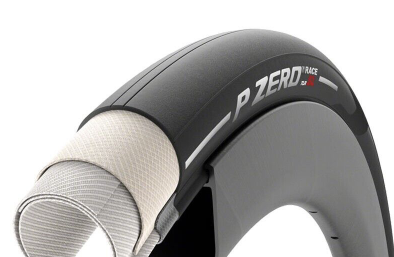From BeverlyPress.com
West Hollywood will soon add a component to support its bicycle sharing program, which the council hopes will improve conditions for riders. Bike repair stations will be installed in the city, meaning flat tires, broken spokes and other bicycle malfunctions can be solved with a basic repair kit.
“People commuting through the city by bike should have access to stations where they can make minor bike repairs when necessary,” Councilman John Heilman said. “Installing these repair stations is important to address the needs of cyclists, in the same way we’ve installed electric charging stations for those driving electric cars.”
A similar program has already been implemented in Beverly Hills, with stations equipped with screwdrivers, various types of wrenches, tire levers and a bike pump.
“The city has installed two bike repair stations in Beverly Hills: one in the Third Street parking structure near the Farmers’ Market entrance and one in Beverly Gardens Park adjacent to the North Santa Monica Boulevard high-visibility bike lanes,” Beverly Hills transportation planner Jessie Holzer Carpenter said. “The bike repair stations provide publicly accessible tools for cyclists to make minor repairs to their bicycles, such as pumping tires and adjusting brakes. The feedback we have received from cyclists has all been positive – they have told the city that the tools make it easier to choose to bike instead of drive since they know they will have access to them if they need them.”
There would be two bicycle repair stations total in West Hollywood.
The program was spearheaded by Mayor Pro Tempore John Erickson, who tries to use green transportation options whenever possible.
Photo by Yaw Afari on Unsplash

